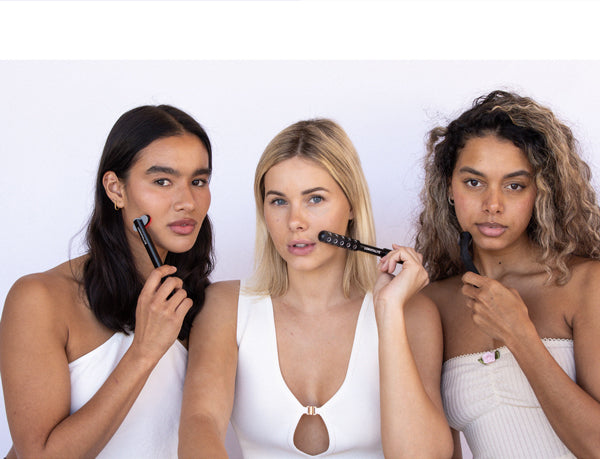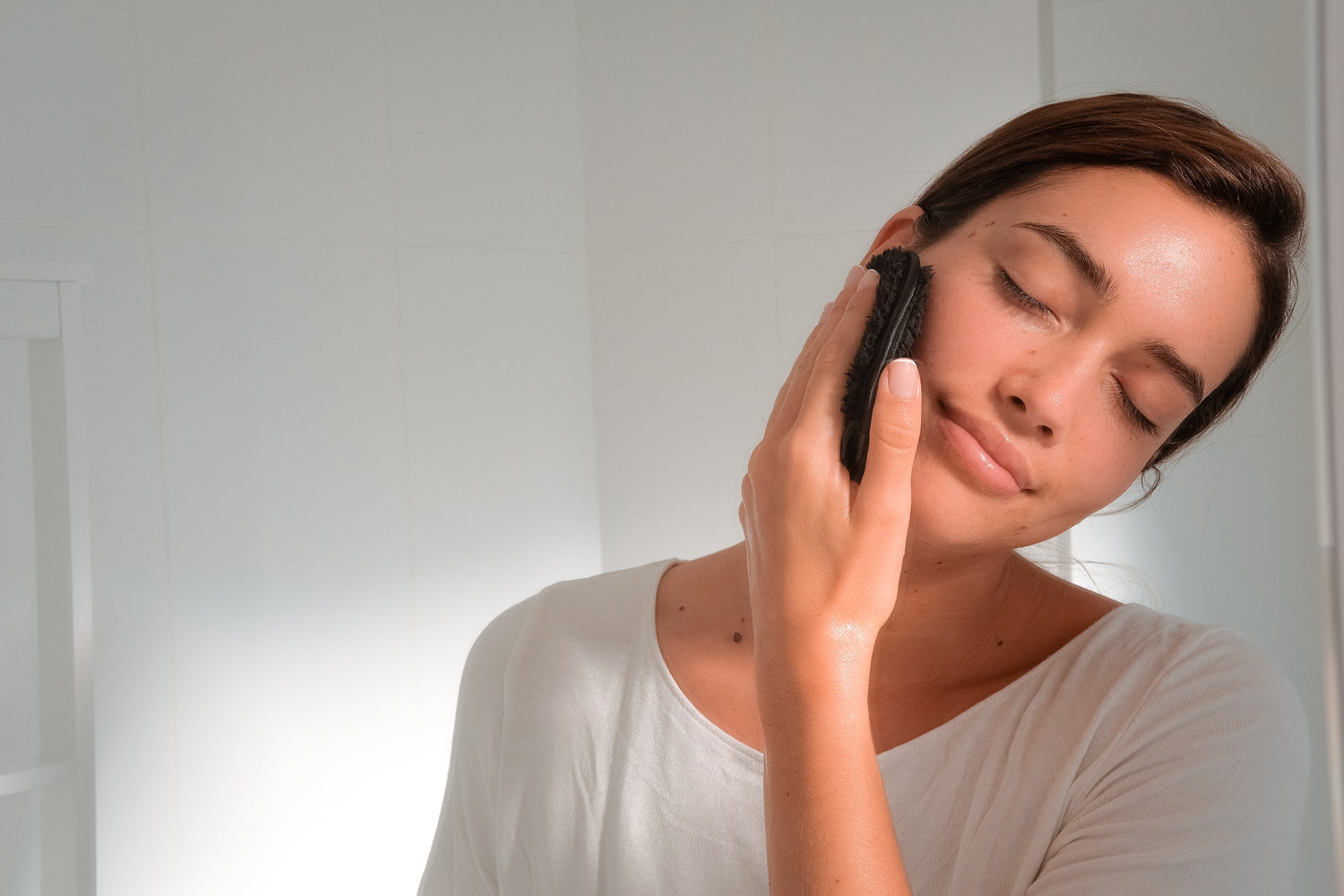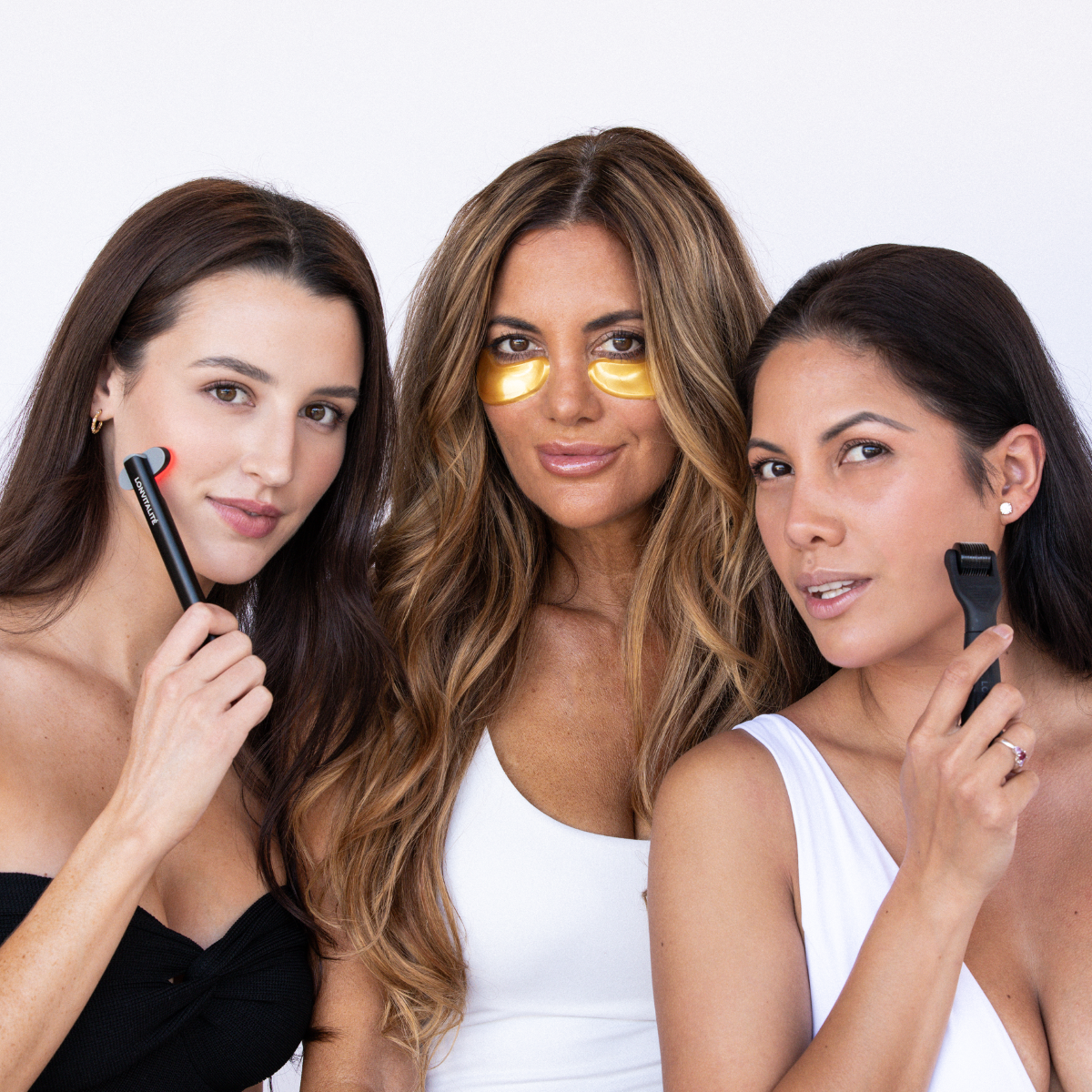BAZAAR tests the newest needles on the market.
APR 04, 2019 11:59AM
(5 IMAGES)

Right now it’s all about the derma roller.
A variation on the popular in-clinic treatment, the derma roller is at the epicentre of the microneedling movement.
It’s no surprise given the benefits it boasts; skin healing, pore and wrinkle reduction and a promise to fix pigmentation, to name a few.
But when needles are introduced to the equation—needles to the face, no less—people are going to ask questions. To start, what are derma rollers?
Lead image: @environskincare
WHAT IS A DERMA ROLLER?
In simple terms, a derma roller looks and functions like a paint roller, except it’s less fluffy and has more spikes.
The hand-held device is made with a cylindrical end sporting tiny microneedles around its circumference.
These microneedles come in different lengths, most commonly between 0.2mm and 1.0mm, for different levels of intensity.
HOW DO I USE A DERMA ROLLER?
A derma roller is essentially the at-home version of a microneedling treatment.
As with the use of any beauty tool, you should first cleanse your face thoroughly as this prevents the needles from spreading bacteria. Then apply an essence or toner to help skin stay soft and prepped.
For a delicate area such as the face, gently work the derma roller with one hand in a systematic, horizontal approach from the centre outwards and on both sides of the face.
Start at your forehead and work your way down to the chin while avoiding the eye area (there are better ways to treat this delicate area).
DO DERMA ROLLERS WORK?
The theory is derma rollers create controlled injuries to the skin in the form of micro punctures. This sends signals to your body for a boost in collagen and elastin production.
Numerous studies show an improvement for a range of skin conditions such as acne scarring, melasma and hair loss. The results also point to an overall plumping and firming of the skin.
However, the studies admit to methodological shortcomings such as the small size of their testing samples, and larger controlled clinical trials would be required for more concrete conclusions.
IS IT SAFE?
Although the studies mentioned above don’t report any harm caused by derma rollers, this isn’t a green light to roll with abandon.
Those with sensitive skin conditions such as eczema, psoriasis, and acne cysts should avoid using the device.
It is also recommended to avoid introducing derma rolling and retinol products at the same time, as starting both simultaneously may be too intense for the skin.
Limit your sessions to once a week and use an SPF product for an extra layer of protection while your skin adapts to a new treatment.
Lastly, forgo any derma rollers with a needle length greater than 1.5mm—anything longer should be performed by a professional.
WHICH DERMA ROLLER SHOULD I BUY?
Is the pain worth the gain? Consider these 5 derma rollers below:

1 / 5
Cosmedics O Skin-Inject Derma Roller, $79.95 at Inskin Cosmedics

2 / 5
Lonvitalite Microneedle Derma Roller Face and Body Kit, $139.95 at MECCA

3 / 5
Skinstitut Skin-Inject Derma Roller, $55.64 at ActiveSkin

4 / 5
Environ Gold Roll-Cit, $327 at E-Sab Skin and Body Clinic

5 / 5
Skin Needling Roller, $85 by White Lotus
The post DO DERMA ROLLERS ACTUALLY WORK? BAZAAR INVESTIGATES first appeared on Lonvitalite.





